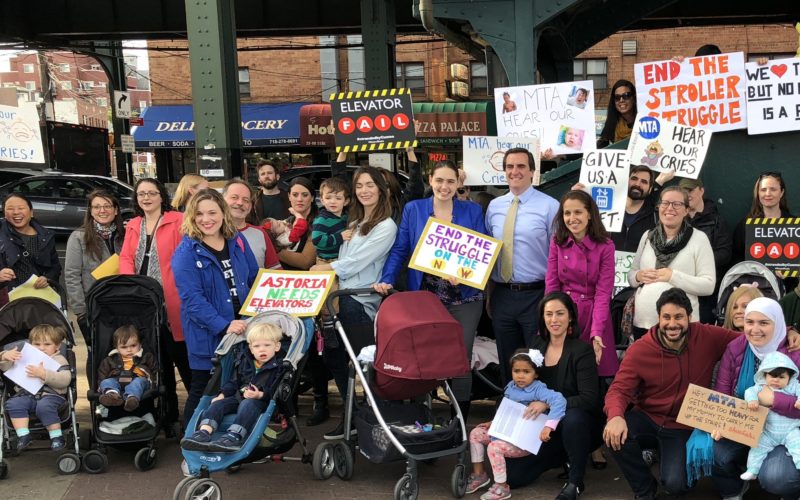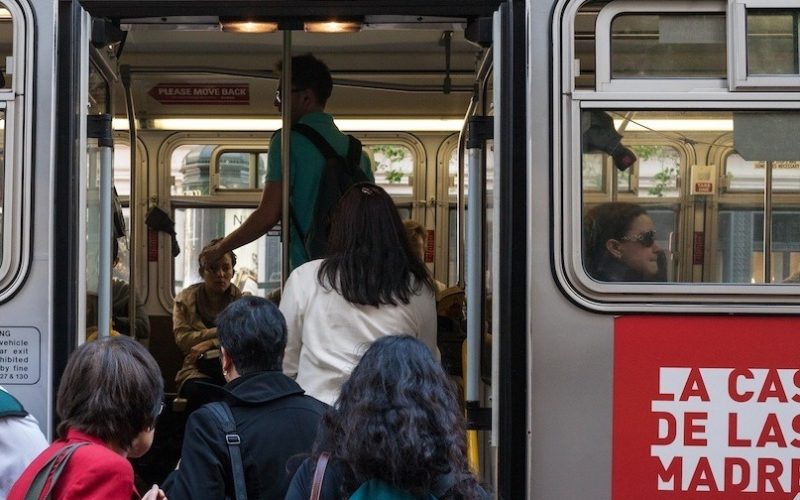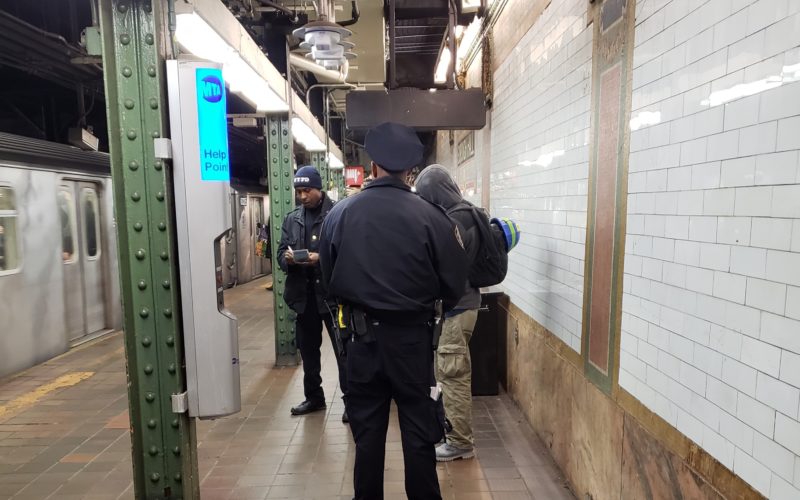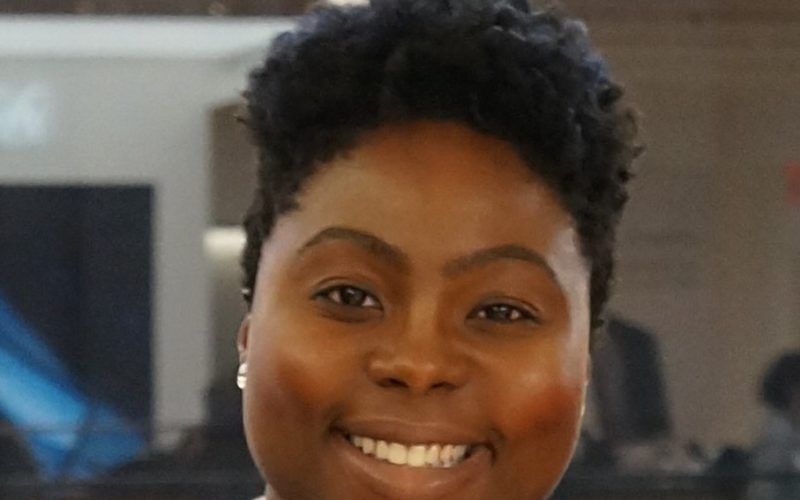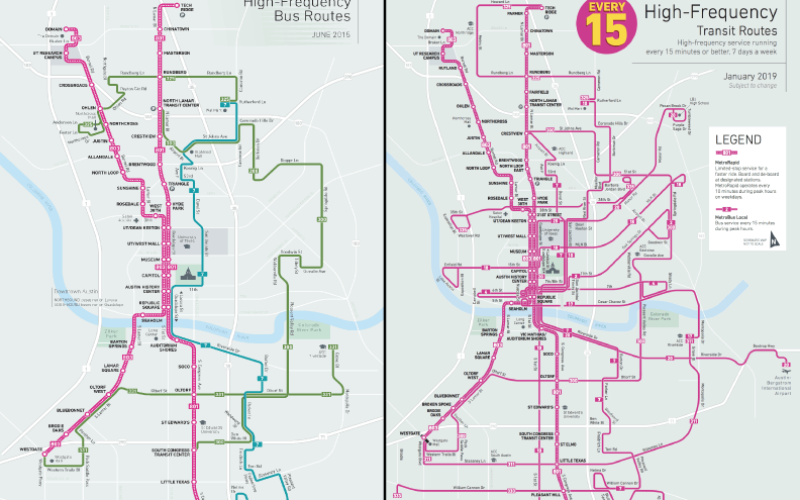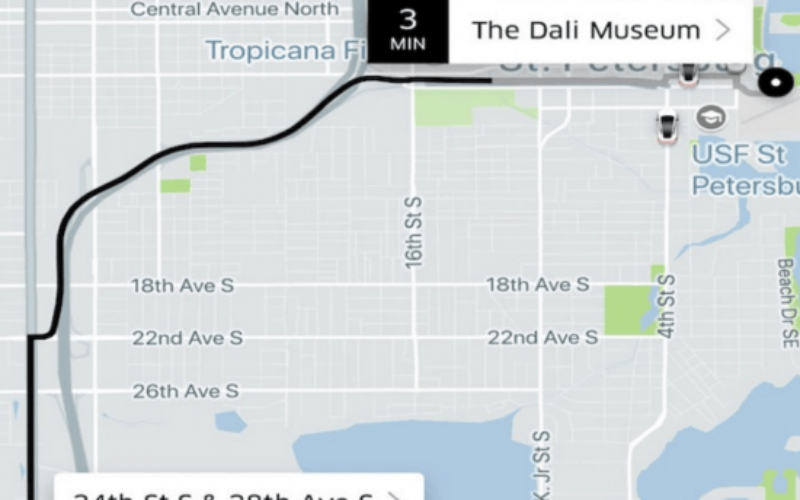The Portland region is changing -- and an “all of the above” approach to transportation spending may not win out in Portland's upcoming ballot measure.
Read MoreMaking transit accessible for caregivers with children is an overlooked but critical strategy for increasing ridership.
Read MoreWhen transit agencies grapple with changes to fare prices, payment systems, and collection methods, they make decisions that affect affordability, convenience, and even travel time.
Read MoreIn the wake of an alleged uptick in the rate of bus and subway fare evasion and concerns over assaults on transit operators, New York Governor Cuomo and New York City Mayor de Blasio recently agreed to assign 500 additional uniformed officers to the New York City Transit system.
Read MoreTiffany-Ann is the Deputy Director of Freight Programs, Education and Research at the NYCDOT. We chatted with her about the challenges of managing freight movement on city streets, and the importance of diverse representation in transportation leadership positions.
Read MoreIn June of 2018, Austin launched a redesign of its bus network. Since then, ridership has increased 4.5%, making Capital Metro one of the few transit systems in the U.S. where ridership is on the rise.
Read MoreDanielle Wallace is the Apprenticeship Program Manager at King County Metro. We recently spoke to Danielle about the value of transit apprenticeships, and why the Women Changing Transportation program matters.
Read MoreReducing the number of stops reduces the time buses spend decelerating, standing still, and accelerating, making it one of the most effective ways for transit agencies to speed up bus service.
Read MoreIn 2016, the Pinellas Suncoast Transit Authority (PSTA), an agency outside Tampa that serves about 32,000 daily trips, became the first public transit agency to replace bus routes with subsidized Uber service. Three years later, the results are in.
Read More
